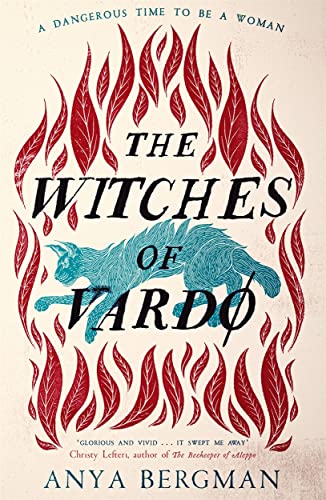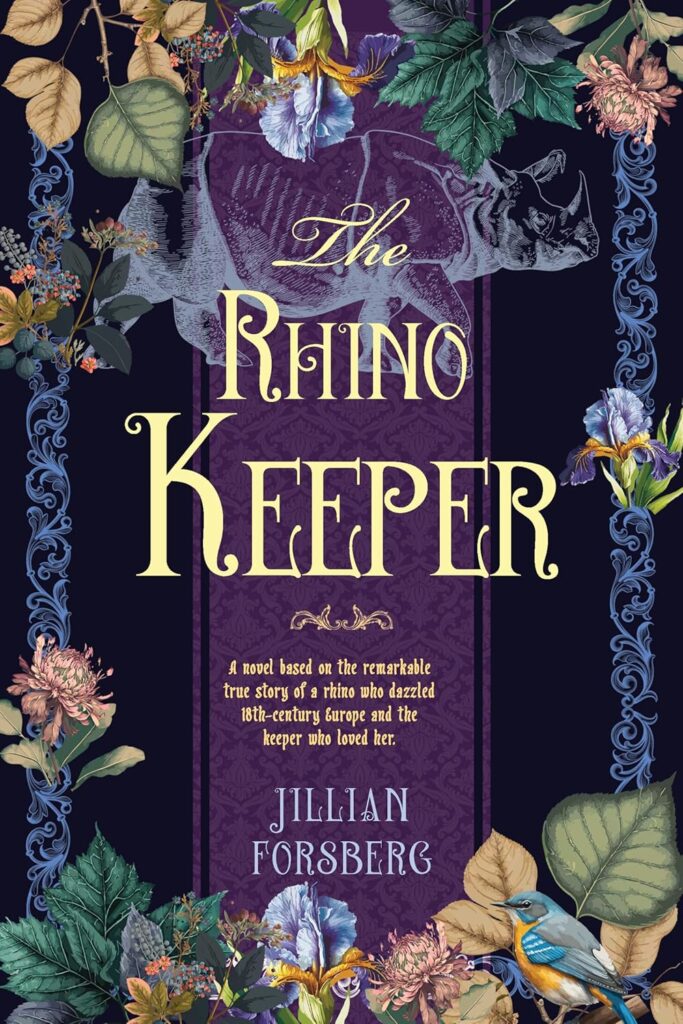The Witches of Vardo
In 1662, Anna Rhodius, former mistress of the King of Denmark, is exiled to Vardøhus prison on Vardø island in northeastern Norway. Shortly after her arrival, Zigri Sigvaldsdatter is thrown into the witches’ hole in the prison courtyard, along with two others, including Zigri’s cousin. Anna is ordered by the governor to obtain their confessions, thereby allowing a trial and execution. Ingeborg, the eldest of Zigri’s two daughters, is determined to rescue her mother, accused of ‘fornicating with the devil’. Traveling with her wilful cousin, Maren, herself a feared witch’s daughter, they cross the dangerous strait to Vardø. The women fight a system heavily weighted against them, and Maren urges Ingeborg to trust that men’s fear and ignorance of them is the power they must harness.
Anna fills her time with mournful regret, speaking to ‘my king’ in a series of letters through which we share her life. She has been historically blamed for the events of 1662-1663, but her moral conflict is drawn sympathetically here. Points of view alternate between Anna and Ingeborg. Zigri and the other women are accused of consorting with the Dark Lord, but with no shortage of personal vendettas and high-handed moral agendas, the reader wonders: who is the devil in this menacing charade?
The tale is unrelentingly dark, born of ice and restless seas, wind and storm. Colours are muted and grey, tinged with the eerie blue of bone-chilling cold. A work of occult symbolism, ancient myth and allegory, the novel sheds light on society’s manipulation of those who do not fit the mold. It was researched and written with the intention of returning agency to the twenty women who were unjustly accused and murdered in this real-life witch-hunt, and Bergman has more than achieved her goal. Vividly told in graphic detail and steeped in atmosphere, The Witches of Vardø is heart-wrenching, with an explosive ending, all of which will resonate long after the pages are closed.










